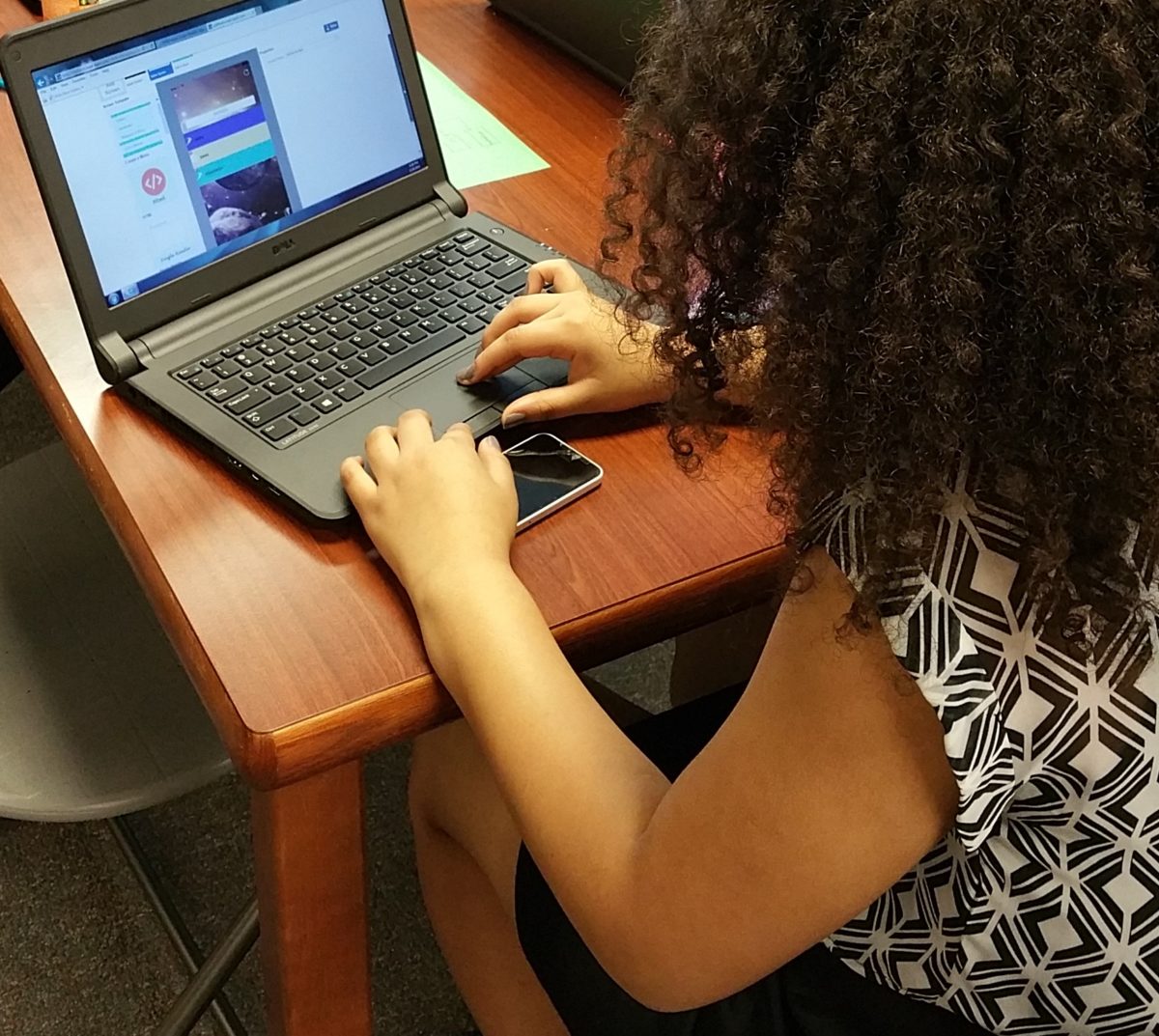
Blended learning is the combination of different learning techniques. Commonly referring to the use of eLearning to compliment the standard education model offering a broad scale of benefits like self-paced learning, testing and quizzing, monitoring and feedback.
A survey completed by Learning in the 21st Century, shows that 76 percent of educators believe blended learning is beneficial to students. A percentage that is likely to grow as educational technology enhancements and awareness continue to increase.
Recent evidence shows that blended learning has proved to be a key component in student success. In some studies, 94 percent of all students who completed a blended learning program successfully completed the course. Plus, 62 percent of students participating had high scores on their AP tests.
As blended learning becomes more common in K12 education let’s take a look at a few reasons it has proved successful.
- Learners are more engaged using various content types- A study completed by the Center for Digital Education found that 73 percent of educators who utilize a blended learning instruction model observed an increase in student engagement. Blended learning uses various material types to keep students engaged while making sure that all material is easily understood and learned.
- Blended learning helps with time management- Time is a huge challenge in a physical class environment; sometimes restricted by a one or two hour limit to get all the needed information can be a trivial task. Especially when working tend to the needs of different types of learners. It’s inefficient to focus exclusively on one learning style at a time for all students, especially considering how many students could benefit from self-directed learning. With a blended learning approach, you have the tools to teach to multiple learning styles simultaneously.
- Teachers can assess student performance, learner trends and give timely feedback- ELearning enables teachers to quickly update and tweak material. Some Learning Management Systems (LMS) even offer a Reporting feature. This is a great way to measure student success because it illustrates what learners are doing, how far they’ve progressed and how they score in different kinds of testing methods, amongst others features. Exploring different methods of testing, quizzing, and even different types of material helps teachers gauge how much emphasis should be given on different types of teaching and testing methods. Depending on student performance, the teacher can decided whether to spend more or less time using the traditional or eLearning method. It also makes for more one on one time with students to go over their progress and provide feedback in a timely manner.
- Online-based instruction helps students prepare for college and beyond- The number of college courses utilizing online learning has grown from 10 percent in 2010 to a projected 50 percent in 2014 (according to research by Knewton). Helping students to prepare for college remains a large goal of K12 education. This study shows that providing a blended learning environment is becoming an increasingly important component of reaching that goal.
- It can make learning fun!– There’s no better way to engage students than to make learning fun. Educators are using many different strategies to make learning fun with blended learning. One of the most common strategies is to implement gamification into your blended learning design. Another strategy is to use more technology. Cameras, microphones, video screens and mobile technology. Get creative!
Here are a few articles on making learning fun and student engagement!
Mobile App Development in the Classroom Can Boost Student Engagement
5 Ways to Make Learning Fun Again
Latest games are finally unlocking the key to making learning more fun
As classroom technology continues to evolve, the blended learning method is a good approach to consider. Getting started on using the technology or transitioning curriculum is not an easy tasks and can be intimidating for some. It may be good to find another teacher who has gone through the transition to provide support for a smooth and successful implementation process.



